The fact that the four suspects in the attack on the Crocus City Hall theater in Moscow on March 22 were all Tajik nationals has drawn attention and raised many questions about this Central Asian country.
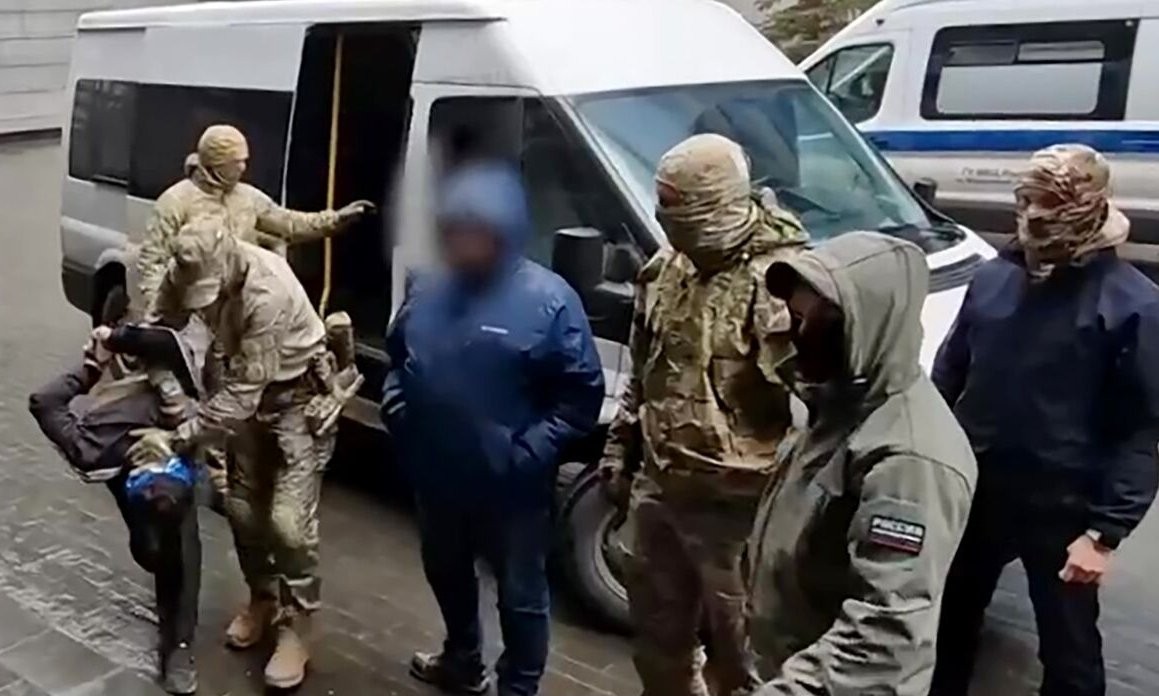 |
| One of the four suspects in the terrorist attack in Russia is escorted to court on March 25. (Source: RIA Novosti) |
On March 25, Russian authorities announced the identities of four suspects in the attack on the Crocus City Hall theater in Moscow on March 22 that killed at least 139 people and injured nearly 150.
All four suspects, including Dalerdjon Mirzoyev (32 years old), Saidakrami Rachabalizod (30 years old), Muhammadsobir Fayzov (19 years old) and Shamsidin Fariduni (25 years old), all held Tajik passports.
Tajikistan's President's Office said on March 24 that Tajik President Emomali Rahmon told his Russian counterpart Vladimir Putin in a phone call after the attack that "terrorists have no nationality, no homeland and no religion."
So why are these terrorists all Tajik nationals and what does their nationality have to do with the terrorism charges?
Things to know about Tajikistan
Tajikistan is a landlocked country of 10 million people sandwiched between Uzbekistan, Afghanistan and China. It is the poorest of the former Soviet republics.
Tajikistan means "Land of the Tajiks" in Persian. The word "Tajik" has been used to distinguish Iranians from Turkic peoples of Central Asia, starting as early as the 10th century.
Tajiks are the largest ethnic group in Tajikistan and the second largest in Afghanistan. It is estimated that more than 3 million Tajiks live in Russia, accounting for about one-third of the total population of Tajikistan. Tajiks in Russia often work in low-paid jobs at construction sites, manufacturing markets, or cleaning public areas.
The decline in Russia's population has made the country increasingly dependent on foreign workers to meet its labor needs. As a result, the number of Tajiks in Russia is increasing, but their status in society is not high.
From 2022, Tajiks will also be mobilized to participate in special military operations in Ukraine.
The Tajik people have a rich history. For more than a millennium, the Tajiks, Persian-speaking descendants of the ancient Sogdians, dominated the Silk Road and were the cultural elite of Central Asia.
From the time of the New Persian Renaissance in the 10th century when the capital Bukhara rivaled Baghdad as a center of Islamic and high culture, Tajiks were largely scholars and high-ranking officials in many major cities of Central Asia until the Russian Revolution.
The famous medieval scholar Avicenna was of Tajik ethnicity, along with many other names such as Hadith collector Bukhari, Sufi poet Rumi...
In 1868, the Tsar annexed northern Tajikistan to the Russian empire, while southern Tajikistan was placed under Russian protectorate.
On October 14, 1924, Tajikistan joined the Uzbek Soviet Socialist Republic. On October 16, 1929, Tajikistan separated into the Tajik Soviet Socialist Republic, which consisted mainly of mountainous, marginal areas with no major cities. On December 5, 1929, Tajikistan joined the Soviet Union. In 1991, Tajikistan declared independence.
Throughout the twentieth century, Tajikistan was the poorest and least developed region of the former Soviet Union, and continued to remain so even after the collapse of the Soviet Union in 1991.
From 1992-1997, the country was plunged into a brutal civil war that destroyed the remaining Soviet-era infrastructure.
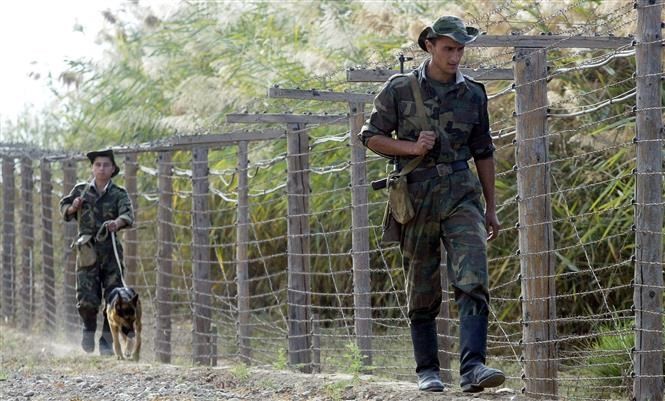 |
| Tajik border guards patrol the border area with Afghanistan. (Source: AFP) |
Prey for extremist missionaries
The specter of radical Islam looming over Tajikistan originates in neighboring Afghanistan, where the Tajik population is even more numerous than in Tajikistan.
Poverty and porous borders have made Tajikistan a breeding ground for terrorism. In 2017, the International Crisis Group (ICG) estimated that between 2,000 and 4,000 nationals from Tajikistan, Kirghizstan, Kazakhstan, Turkmenistan and Uzbekistan had joined the ranks of the Islamic State (IS) in Iraq and Syria. They joined the ranks of fighters and even became some of its top leaders.
From a human perspective, Tajiks’ poverty makes them easy prey for radical Islamists who offer them a sense of worth and purpose. This, coupled with financial desperation, is a catalyst for crime to flourish.
One of the suspects in the recent attack on the Crocus City Hall theater in Moscow reportedly told interrogators that he was promised a cash reward of half a million rubles (about $5,300) to carry out the brutal act.
According to Taneja of the Observer Research Foundation, IS’s sowing of conflict in the region highlights the group’s ability to exploit “narratives, politics and local conflicts” to consolidate its influence. In 2022, IS carried out cross-border attacks in Uzbekistan and Tajikistan, although both governments denied that missiles had reached their territory.
“Central Asians from both national and ethnic backgrounds have always been an important component of IS,” said Mr. Taneja.
A UN Security Council report in January highlighted that IS was shifting to a “more inclusive recruitment strategy”, targeting disillusioned Taliban fighters and foreign insurgents.
The group recently released a local-language propaganda pamphlet aimed at recruits from Tajikistan, calling Tajik President Emomali Rahmon and his government "infidels."
The public is still in shock over the attack on the Crocus City Hall in Moscow on March 22, regardless of the perpetrators’ justification. It is sad that extremists kill innocent people for money or for ideological reasons.
The recent tragic incident is a wake-up call for countries and international organizations to pay attention and join hands in the fight against terrorism in Central Asian countries like Tajikistan, preventing the risk of proliferation and spread of extremist elements.
(according to The Conversation, AFP, Nikkei Asia)
Source



![[Photo] Phuc Tho mulberry season – Sweet fruit from green agriculture](https://vstatic.vietnam.vn/vietnam/resource/IMAGE/2025/4/10/1710a51d63c84a5a92de1b9b4caaf3e5)
![[Photo] Prime Minister Pham Minh Chinh chairs meeting to discuss tax solutions for Vietnam's import and export goods](https://vstatic.vietnam.vn/vietnam/resource/IMAGE/2025/4/10/19b9ed81ca2940b79fb8a0b9ccef539a)

![[Photo] Unique folk games at Chuong Village Festival](https://vstatic.vietnam.vn/vietnam/resource/IMAGE/2025/4/10/cff805a06fdd443b9474c017f98075a4)

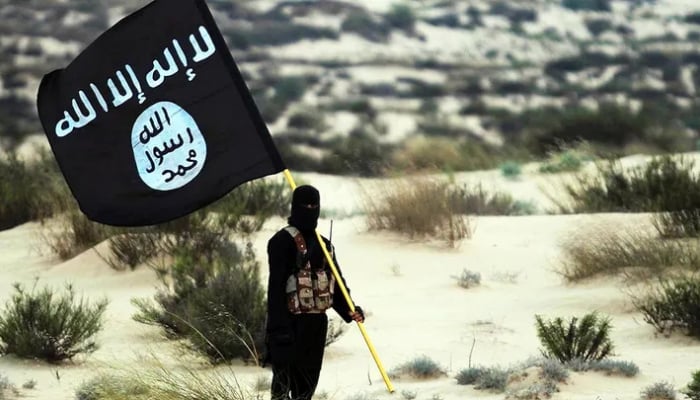


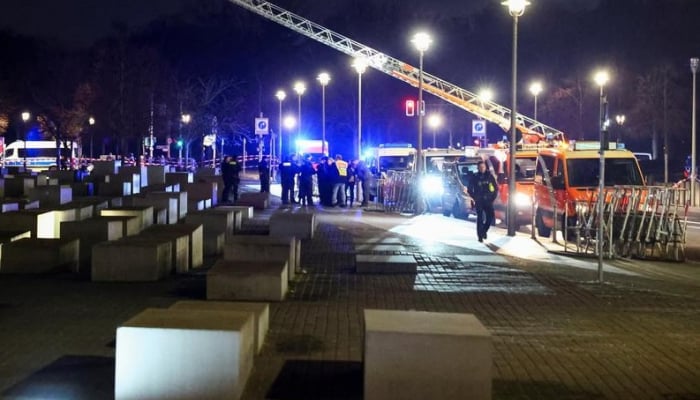
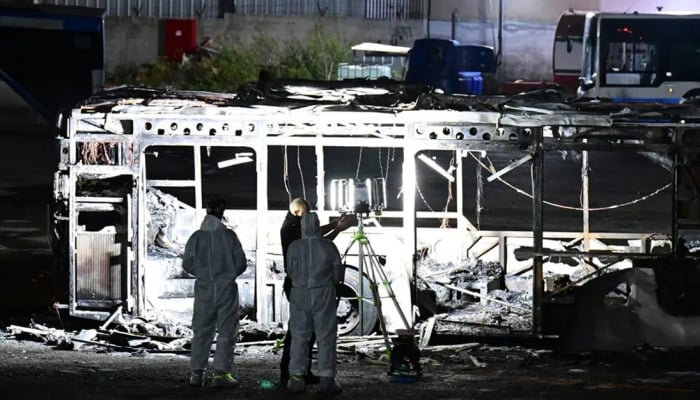
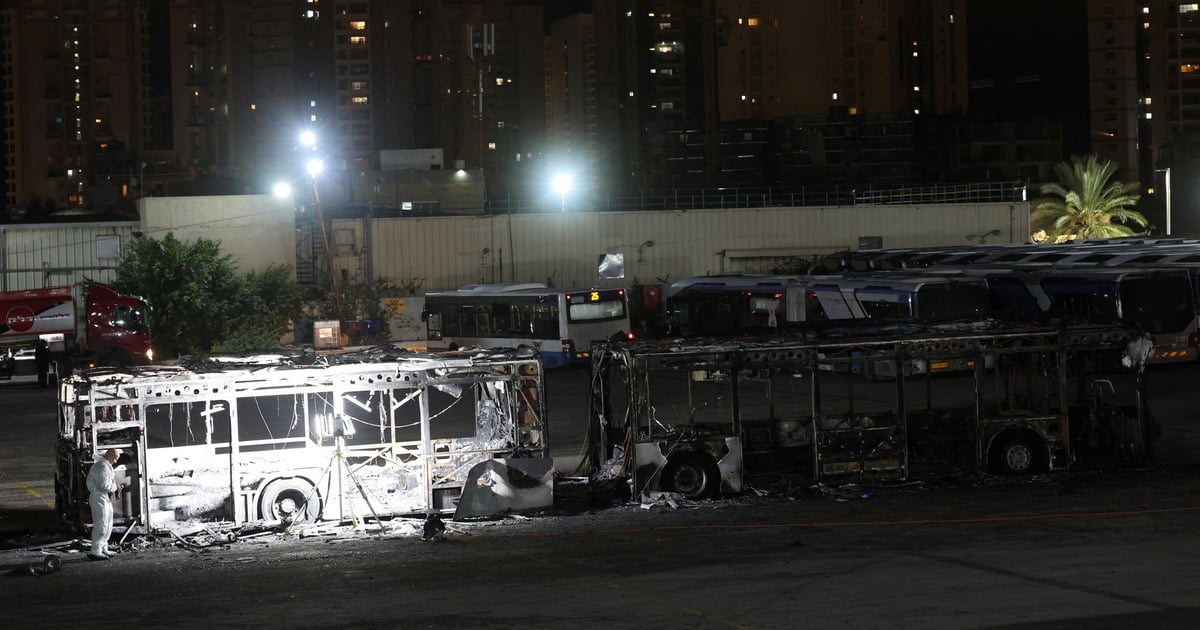



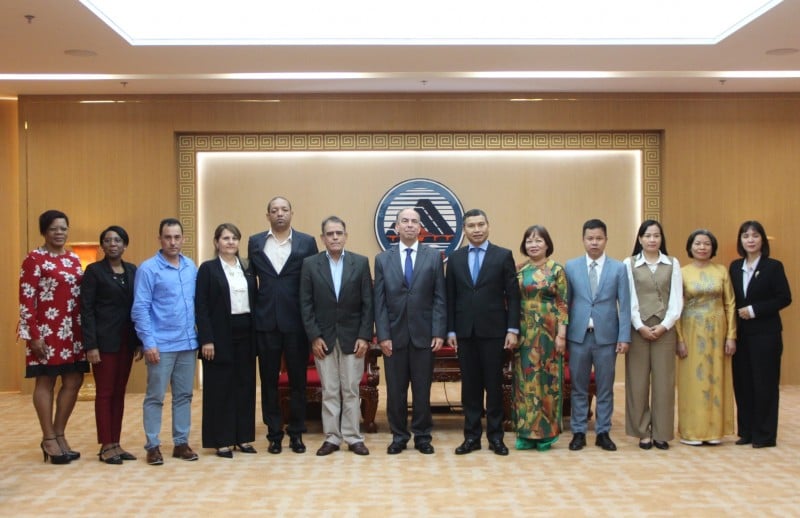
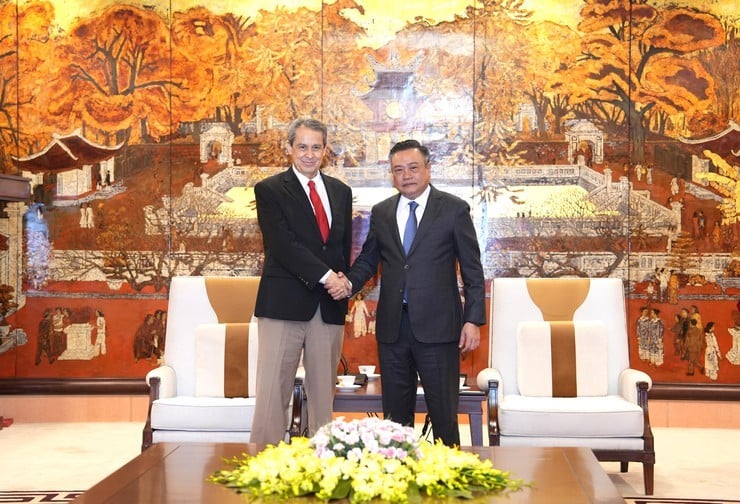
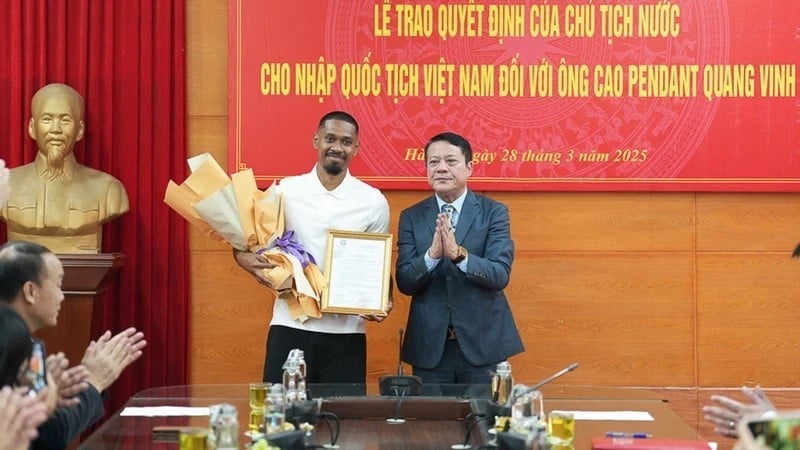
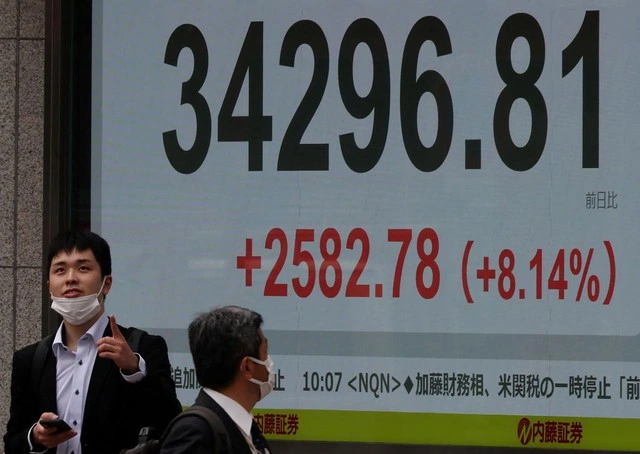
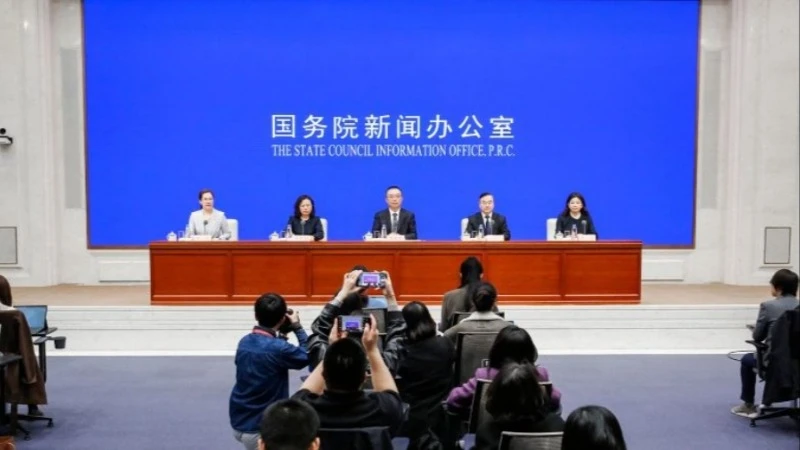
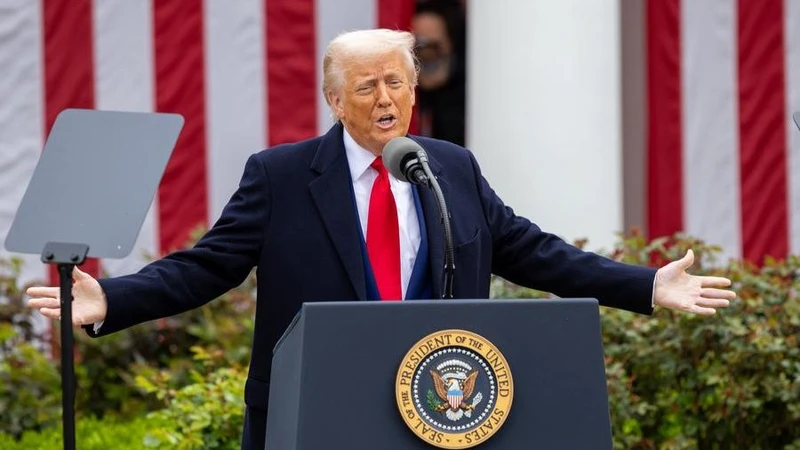























































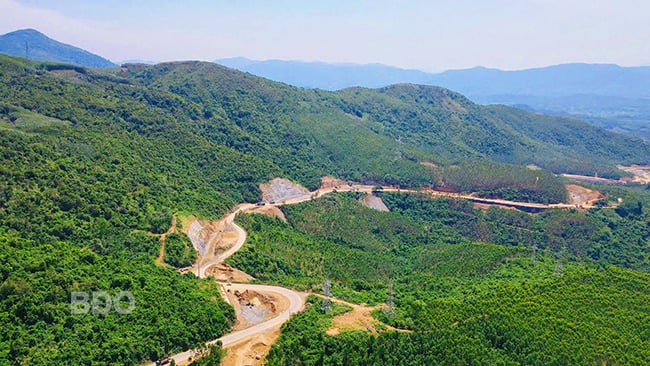
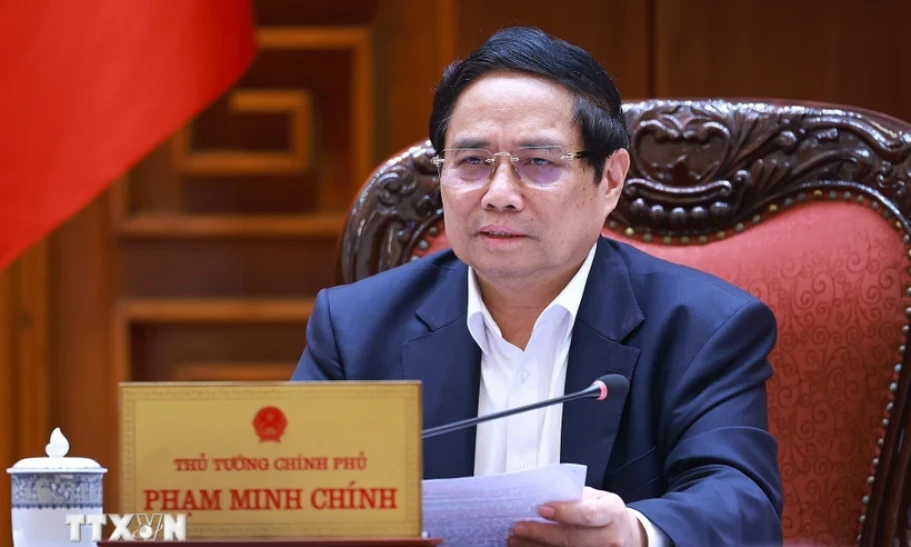
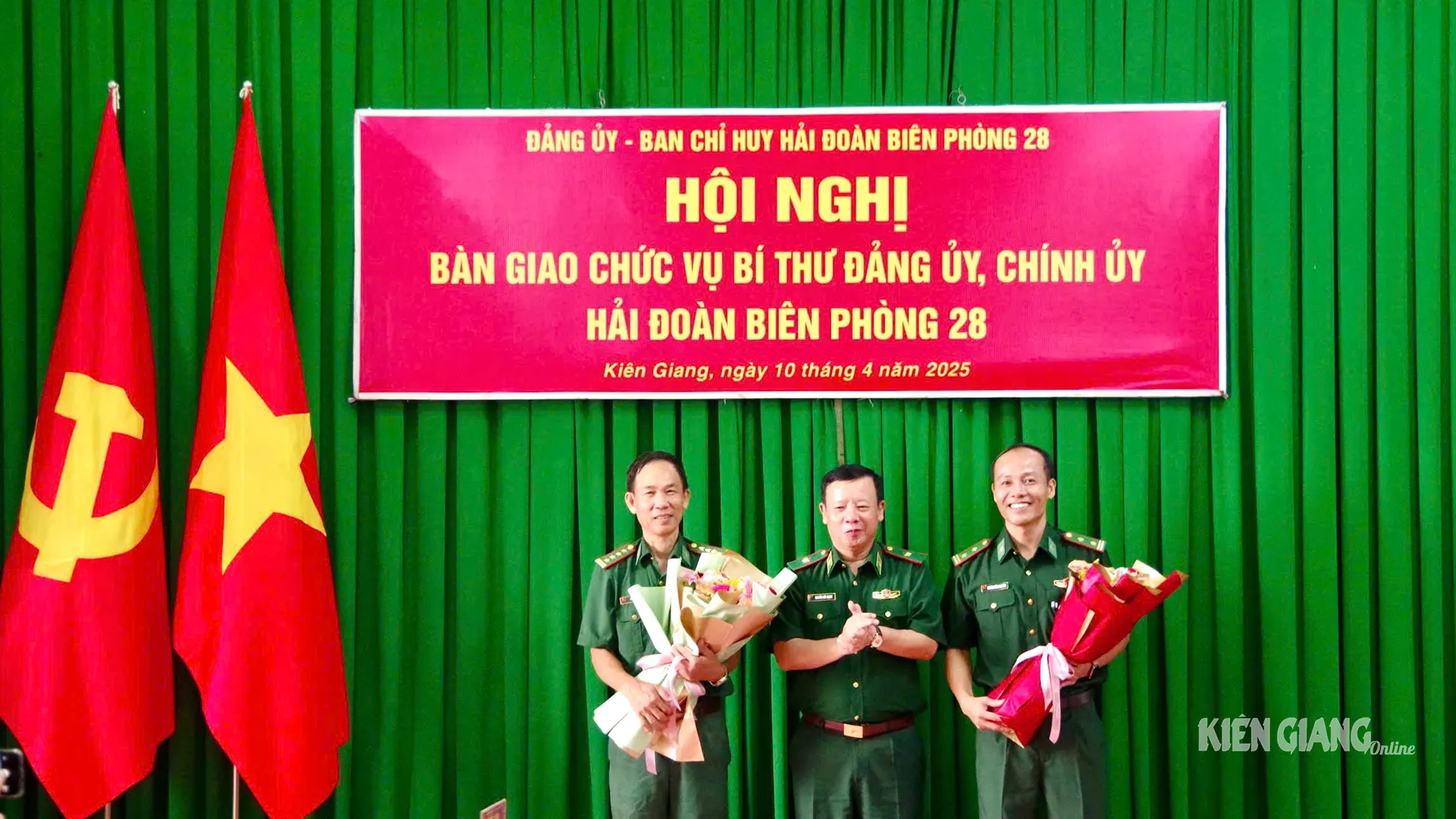
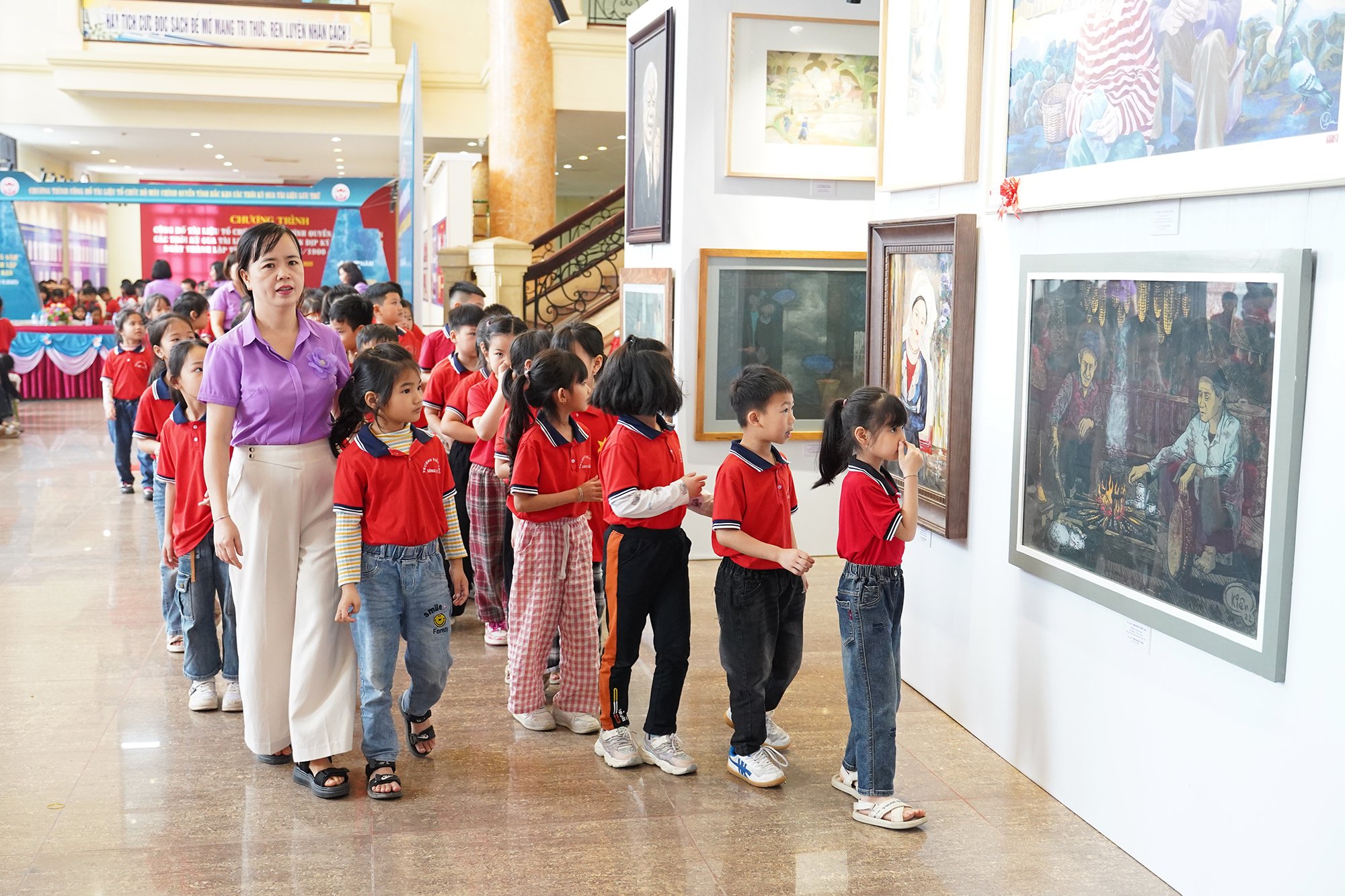











Comment (0)